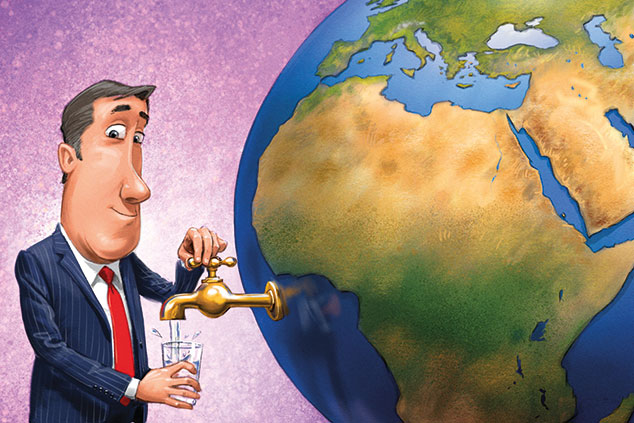
There’s water everywhere, but if there is to be a drop to drink in the future, big changes will be needed. Investors can help keep the taps running, says Stuart Watkins.
Early this year Cape Town’s four million residents were keeping an eye on dam water levels with an obsessiveness usually reserved for Twitter, as local academic Hedley Twidle puts it in the Financial Times. Daily water consumption was restricted to just 50 litres per person per day – about a third of average UK usage. “Day Zero” – the date the city’s rapidly evaporating reservoirs were expected to reach critical levels – was months away.
At that point, the taps were to be shut off and about a million households would have to queue at water-collection points for daily rations of just 25 litres. Following an unprecedented drought, Cape Town was on course to become the world’s first city to run out of water.
Reaching “Peak Water”
This was just the latest episode in a growing global water-shortage crisis that many predict will get worse with climate change, and which could lead to major public-health disasters, social and political unrest, and even wars. Cape Town, like many places in the world, has reached “Peak Water”, as water scientist Peter Gleick told National Geographic. “What’s happening in Cape Town could happen anywhere.”